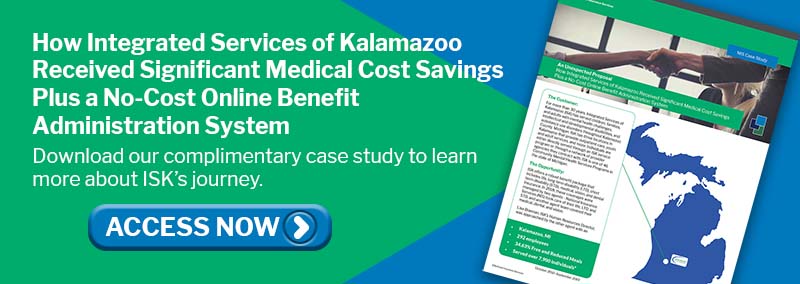3 minute read
A decade after their initial approval, biosimilars continue to receive the U.S. Food and Drug Administration (FDA) endorsements and enter the market each year. These cost-effective biologics are safe, effective, and offer significant healthcare savings while enhancing patient access to treatments not previously covered by insurance.
With high costs limiting access to biologics, the expanding biosimilar market benefits those with restricted access to expensive specialty drugs. Let’s explore the 2025 biosimilar trends and future employer expectations.
Biosimilar Overview
Specialty drugs, particularly biologics, are rapidly increasing in pharmacy spending. Derived from living organisms, biologics treat complex conditions like cancer and rheumatoid arthritis but are costly, representing 2% of prescriptions yet 37% of drug spending.
Biosimilars are cost-effective biologic medications similar to FDA-approved drugs, offering safe and effective treatment options to more patients. With 74 FDA-approved biosimilars as of April 2025, they enhance patient access and have saved $56 billion over the past decade. However, challenges like exclusivity rights and approval processes hinder their widespread adoption.
Biosimilar Trends to Watch
The biologics industry is set to grow significantly, with market size projected to rise from $450 billion to nearly $850 billion in the next decade. As biosimilar adoption increases, here are key trends to watch this year:
- Cost savings – Biosimilars have the potential to significantly cut healthcare costs. They are often priced 50% lower than brand-name biologics. With the market set to expand, projected savings could reach $181 billion in the next five years, offering vital relief to healthcare systems and patients burdened by high biologic treatment costs.
- Approvals – Biosimilar approvals are on the rise, with 19 new drugs approved in 2024. As of April 2025, 10 more have been approved, and this upward trend is set to continue, with at least 10 new approvals expected annually over the next five years.
- Regulatory challenges – Despite progress, the rollout of these medications is slower than expected due to the lengthy approval process for biosimilars, which demands extensive data to prove similarity to reference products. This complexity continues to delay market entry and increase development costs.
- Manufacturing hurdles – Biosimilars encounter rollout challenges due to their complex, cell-based production, which complicates replicating the reference product and can lead to structural and clinical variability.
- Lapsing patents – The IQVIA Institute for Human Data Science indicates that 90% of 118 biologics will lose exclusivity within the next decade, paving the way for biosimilars. However, many biologics still lack an approved biosimilar despite losing patent protection.
- Health care system adoption – FDA approval grants access to biosimilars, but market adoption faces hurdles. Pharmacy benefit managers are starting to include biosimilars in preferred formularies yet may favor pricier brand names. Concerns about efficacy also slow adoption, as doctors and patients hesitate to change prescriptions. These factors limit the widespread use of biosimilars.
Conclusion
As biosimilars gain traction, employers should assess their impact on healthcare plans and coverage, while also recognizing the rollout challenges and slow adoption. Download the bulletin for more details.

